Category: Cardiology
-

Basic and Bedside Electrocardiography (2009)
In a rather crowded field of exceptional books on electrocardiography, Basic and Bedside Electrocardiography (2009) stands out as one of the finest—perhaps among the top four or five. The book, written by a cardiologist with a lot of experience teaching cardiology to medical students and residents at an academic center, is quite different from most…
-
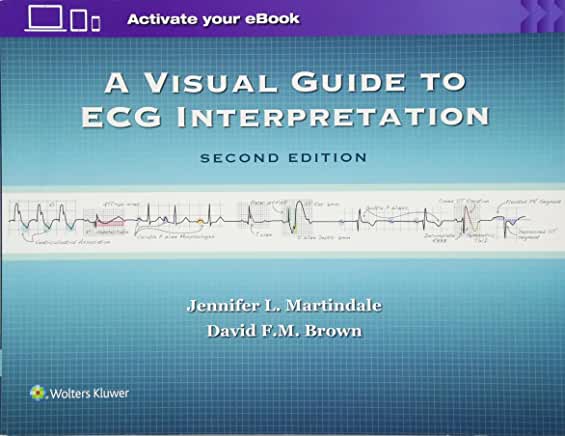
A Visual Guide to ECG Interpretation (2017)
The current edition of A Visual Guide to ECG Interpretation (2017), much like the previous one (which I reviewed elsewhere), is a marked-up atlas of important, must-be-able-to-interpret-correctly electrocardiograms. Almost every important ECG that you can think of can be found here: coronary ischemia and occlusion, hyperkalemia, Brugada pattern, Wolff-Parkinson-White pattern, Wellens sign, arrhythmogenic right ventricular…
-
How to Remember the Causes of Arrhythmias (the H’s and T’s)
Causes of arrhythmias, including asystole, include: H‘s: think about what blood does: Volume (hypovolemia) Oxygen (hypoxemia) Glucose (hypoglycemia) Potassium (hypo- or hyperkalemia) Acid-base balance (H+ or acidosis) Temperature regulation (hypothermia) T‘s : imagine a (toxic) lead bullet piercing a chest. What can it cause? Trauma Toxins Tamponade Tension pneumothorax Thrombosis (PE or MI) Reference Dr. Christopher Gallagher’s…
-
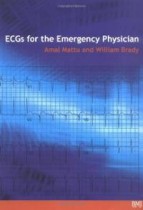
Book Review: ECGs for the Emergency Physician 1
ECGs for the Emergency Physician 1 is basically an ECG teaching file with a good mix of clear-cut and more abstruse cases. Interpretations are provided by Dr. Amal Mattu who probably needs no introduction from me as one of the most influential ECG teachers of this generation. The clear typeface and crisp images are striking.…
-
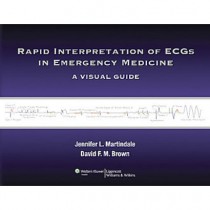
Book Review: Rapid Interpretation of ECGs in Emergency Medicine
I don’t have any electrocardiography books on my list of best medical books of all time. There are a few contenders for that spot. One of them is Rapid Interpretation of ECGs in Emergency Medicine: A Visual Guide (2012) by Drs. Jennifer Martindale and David Brown. The book is basically a marked-up atlas of important,…
-
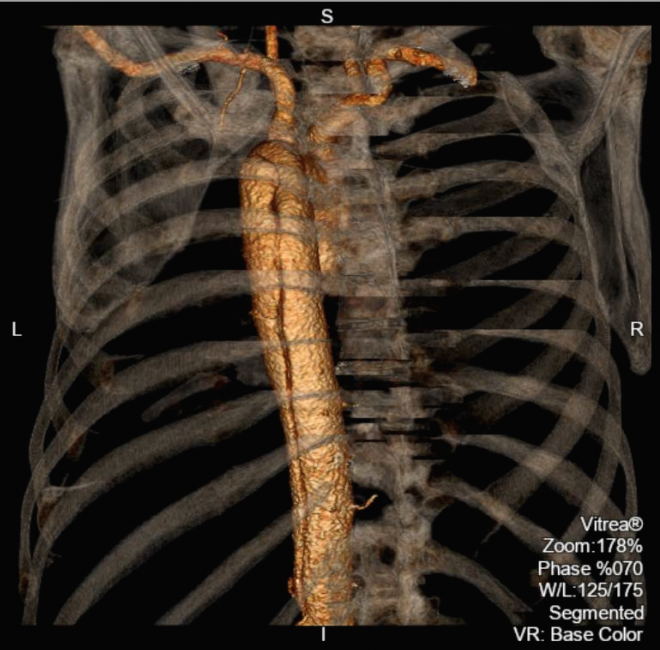
Aortic Dissection: When to Suspect it
Suspect an aortic dissection in patients with chest pain plus any of the following: New neurological problems Anterior spinal artery infarction with loss of motor function and loss of sensation (with preserved position and vibratory senses) Oculosympathetic paresis, or Horner syndrome, with miosis, ptosis, and anhidrosis A painful Horner’s is a dissection until proven otherwise Acute…
-
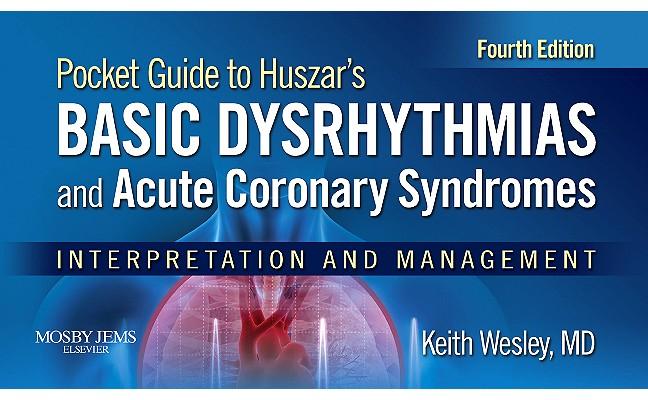
Book Review: Pocket Guide for Huszar’s Basic Dysrhythmias and Acute Coronary Syndromes: Interpretation and Management (2011)
Pocket Guide for Huszar’s Basic Dysrhythmias and Acute Coronary Syndromes: Interpretation and Management (2011) by Keith Wesley MD is a very good entry level electrocardiography book for medical students. (I previously recommended this book in Step 3 of Electrocardiography: A Curriculum for Self-Guided Learners.) The 200-page handbook contains good examples of most of the important…